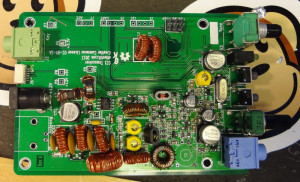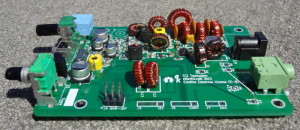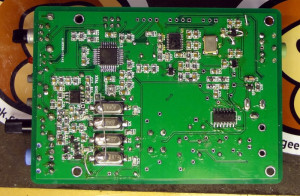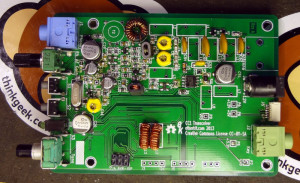Spent some time yesterday and today playing on the radio during the CQ WPX SSB contest. It’s a 48 hour long contest with an exchange of RS(T) and incremental contact number and multipliers for the number of unique prefixes worked.
Instead of using paper logs this time, I installed the N1MM contest logger on the laptop and logged everything there. It conveniently has a list of different contests, including CQ WPX and does all the scoring for you. N1MM is clearly designed to have a connection to the radio to get frequency info, which I don’t have yet so each contact I had to edit the log entry and change the frequency. Slightly inconvenient, but after a while I got used to it.
I spent about 4 hours on the radio Friday night after the contest started (000Z 30-Mar-2013) and didn’t get back to it until this morning. One of the things that I thought was interesting was seeing the contest activity march down the bands as the day went on. Friday night, almost all the activity I heard was on 40m, but this morning, there wasn’t any contest activity that I could hear on 40m. Most of the contest activity was happening on 15m. As the day went on, contest activity on 15m faded away and 20m started becoming more active during the late afternoon hours. Then activity on 40m started picking up during the early evening up until I decided to call it quits around 1930.
Not entirely sure if it’s all related to how band conditions change through the day. There’s a lot about propagation that I’m interested in learning about and I’m pretty sure I was seeing some of that changing propagation through the day.
I worked a total of about 12 hours on and off during the contest and tallied up 82 contacts. It’s the longest stretch of contesting I’ve done so far. Don’t know what my farthest contact was, but I worked a lot of European stations. One of the nice things N1MM does is calculate the contest score for you. Mine came out to 17901 with 81 unique prefixes worked.
It was fun playing in this contest, more so for listening and observing the band activity than the contacts (although that’s always nice). Looking forward to seeing how the overall results look.



